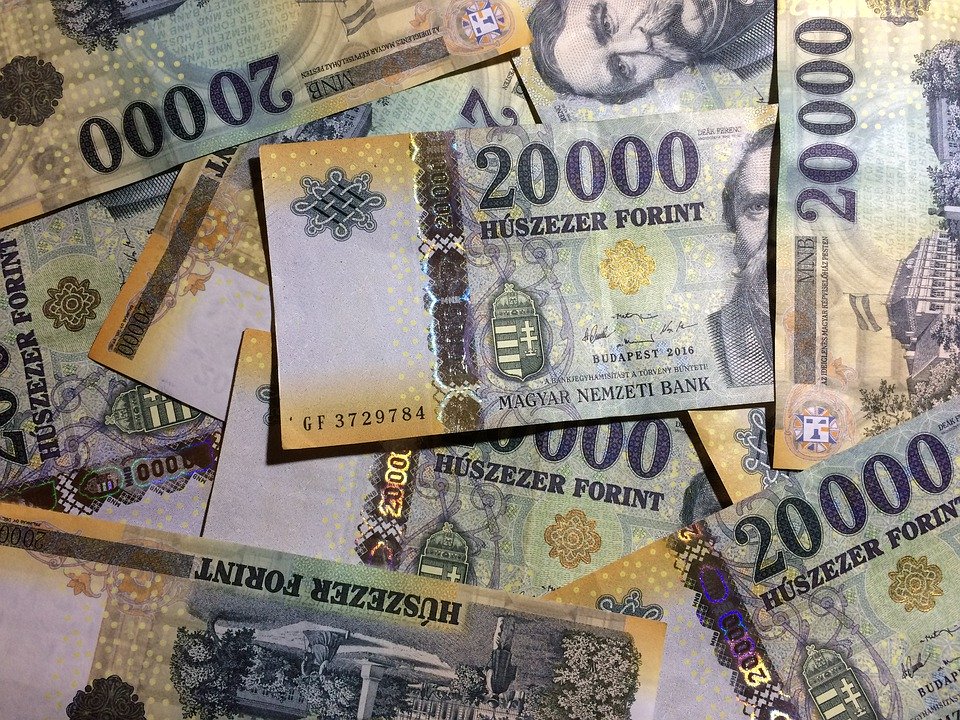Hungary’s consumer price index rose by an annual 8.3% in February, a high not last seen since August 2007, and up from 7.9% in the previous month, the Central Statistical Office (KSH) said on Wednesday.
Analysts had forecast inflation of 8.1%. Month on month, consumer prices increased by 1.1% in February. Fuel and food prices were the main drivers of inflation. Food prices increased by an annual 11.3%, vehicle fuel prices by 18.7%, while alcoholic beverages and tobacco prices rose by 8.2%.
The National Bank of Hungary said food and industrial goods prices drove the February data, while core inflation was fuelled by processed food, industrial goods and services. Fuel prices contributed 1.3 percentage points to headline inflation, the analysis shows. The NBH pointed to a “higher pace of repricing”, driven by higher global commodity and energy prices manifesting “quickly and across a wide range of product groups”. It noted that a temporary government rollback of prices for some staples from February had “restrained the increase in food prices”. The NBH’s measure of core inflation excluding indirect tax effects rose to 8.1% in February from 7.4% in the previous month. The NBH said the indicators measuring households’ inflation expectations “showed unusually high volatility”.
Meanwhile, Márton Nagy, the prime minister’s chief economic advisor, told MTI that government price caps had reduced headline inflation by 3-4 percentage points. Nagy said Hungary’s February inflation was “mid-field” among European Union member states. Prices rose at a faster clip in Lithuania, Estonia, Belgium and Latvia, and CPI is expected to be over Hungary’s in Poland and the Czech Republic, too, he added. He said the impact of government price caps on food and vehicle fuel become more pronounced in February and March as global energy and grain prices rose. He estimated that Hungary’s regulated utilities price scheme for households cut headline CPI by 1.5-2 percentage points, while temporary caps on vehicle fuel prices and some staple foods shaved off “close to 1 percentage point” and 0.8-1.0 percentage point, respectively. He warned that sanctions on Russia could translate as a “significant loss” for the Hungarian economy, raising energy and food prices further.
Péter Virovácz of ING Bank noted more than two-thirds of the consumer basket in February already exceeded the annual rate of price increases by 5%, and core inflation jumped from 5.3% to 8.1% in three months alone, the highest level since the autumn of 2001. Notwithstanding government caps of fuel and some basic food prices in early February, headline inflation failed to slow, he said, Indeed, annual food inflation quickened, he said, adding that without price controls, the inflation rate would likely enter double digits in early to mid-May, he said. Virovácz reckoned that the central bank’s cycle of interest rate hikes would continue in the coming months, with the effective base rate rising to 8% by the middle of the year, depending on the course of the Ukrainian war.
Gábor Regős of Századvég said that whereas Hungarian inflation is above the EU average, it was well below Estonia’s 12.4% rate or Lithuania’s 13.9%, and government price caps on basic foods in February had played a role in holding back inflation by a few tenths of a percentage point.
Gergely Suppan of Takarékbank said food prices galloping faster than expected was mainly behind the headline figure, though price caps for some foods had succeeded in holding them back somewhat. The war would be a determining factor in the inflation and growth outlook, he said, adding that its impact was as yet unknown. Takarékbank, he said, has raised its inflation forecast for this year to 7.5%, citing broader and steeper price increases than expected as well as global shortages of raw materials and the global energy crisis.
hunagrymatters.hu
pixabay


















